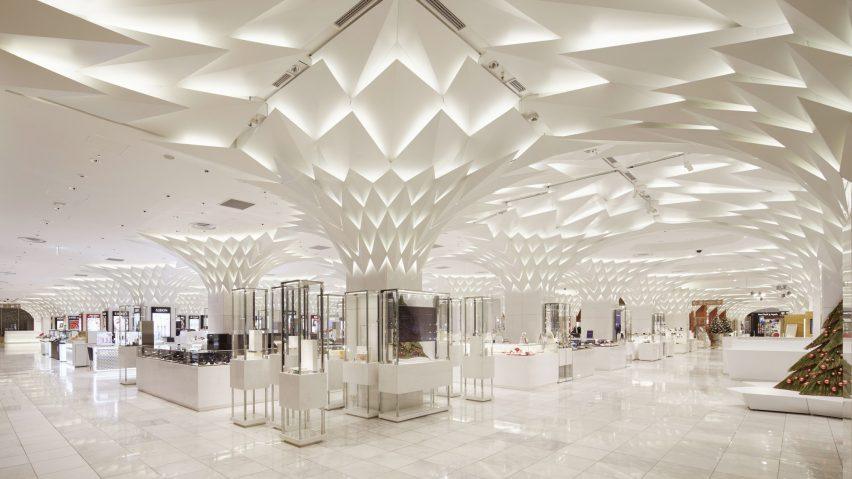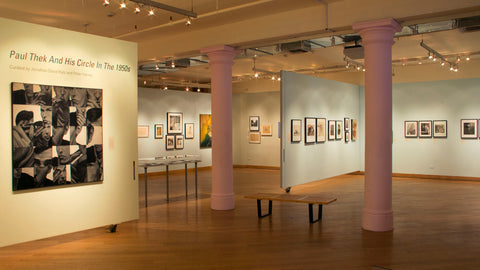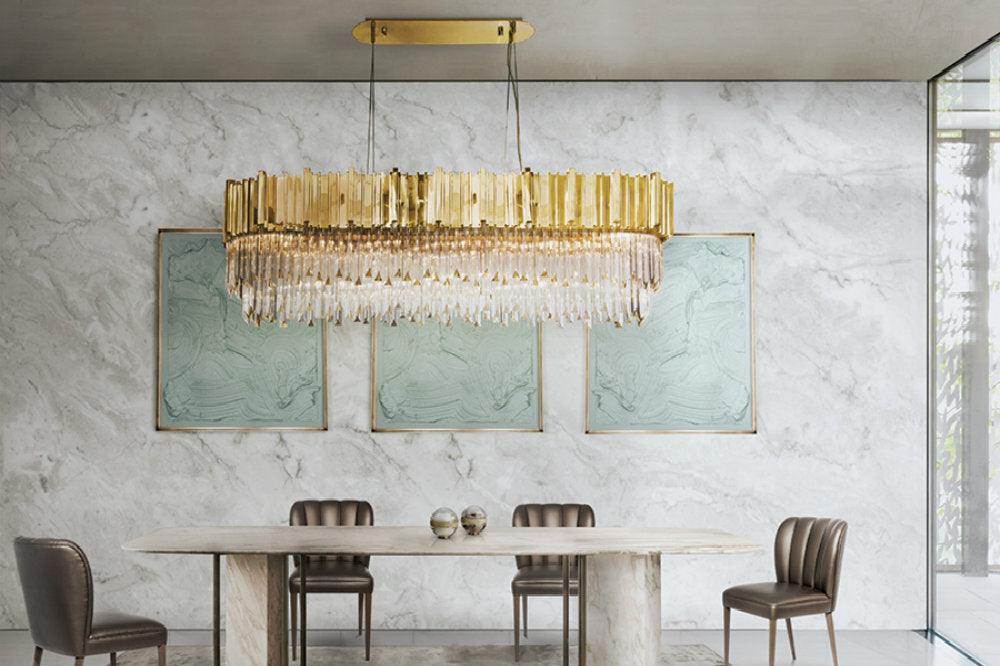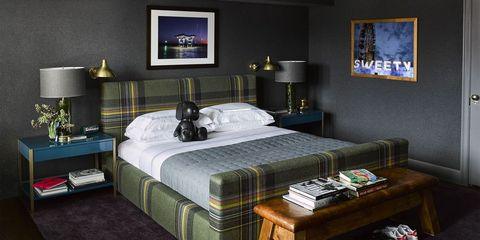
The Best Lighting for High-End Commercial and Artistic Spaces
It is no news that the kind of lighting we pick can make or break spaces. When it comes to high-end commercial or artistic spaces, lighting them the right way becomes even more important.
Museums are spaces that are dedicated to collecting, conserving, researching, and exhibiting rare pieces of arts, culture, history, and beyond. It becomes important to choose the right kind of lighting for museums since illumination helps create the right visual experience to immerse in these objects and understand them better.
Whether it is a public museum, an art gallery, decor store, or a private art collection- the right lighting can change the ambience, enhance the appeal of art pieces, and maybe even help preserve them right!

The function of lighting in High-End Commercial and Artistic Spaces
Lighting in High-End Commercial and Artistic Spaces needs to fulfil a variety of tasks and functions. For example, the lighting in a museum foyer needs to be elegant, minimal, and welcoming. But the lighting inside the exhibition area needs to be tasked with highlighting artefacts and creating visual appeal while educating and entertaining the museum-goers.
Spotlights, wall washer lights, and floodlights such as Ankur Linus LED Spot and Ankur Flexi LED Wall Light are highly adaptable lighting solutions for museums. Here, the distribution of light is such that it does not overpower the art but it helps make it stand out instead.

Visual comfort becomes a high priority in High-End Commercial and Artistic Spaces. Lighting plays a crucial role in guiding the visitors through the space for an optimal viewing experience. Lighting is used to tell stories, draw attention to an object, and sometimes even draw attention away from an object. It can also be used to set the tone and mood for the right viewing ambience.
One of the challenges faced by many institutions in managing and balancing the lighting used for an object of art through its lifetime is the power consumed by lighting fixtures during the artefacts lifetime.
What to know before you begin lighting up High-End Commercial and Artistic Spaces:
- Know the kind of displays that the space is going to have. Whether it is paintings, statues, or models- it becomes imperative to know the kind of displays that would be coming in so that the right kind of lighting can be chosen. For example, an oil painting should not be put in natural light or a strong heated light source as it may cause the colours to fade over time.
- Know how often the displays are going to be rotated. This is important so that the lighting engineer can choose the right kind of versatile lighting that suits the different displays that would be put up in a specific space. A light source that is versatile yet suits different displays can make the art stand out.

- When lighting a decor store, create a warm and welcoming ambience for the visitors to feel connected to the pieces. Especially with statement decor pieces, the right kind of lighting can bring out the best to make them more appealing and opulent.
Lighting is an active and calculated element of architecture. The contrast ratio should be kept in mind while lighting High-End Commercial and Artistic Spaces.
Lighting techniques for High-End Commercial and Artistic Spaces:
- Accent Lighting: Accent lighting is lighting that highlights and accentuates specific areas of a space and creates darkened silhouettes in other spaces. Spotlights, track lights and hanging lights are examples of accent lighting. This kind of lighting creates a strong illuminated look. This helps make pieces the centre of attention.

- Washed Lighting: This kind of lighting washes a large area with light making it illuminated. It minimises shadows and creates a natural-to-strong illuminated look.
The best type of lighting for High-End Commercial and Artistic Spaces: Natural, Halogens or LEDs?
Conservation of art is crucial in High-End Commercial and Artistic Spaces. It becomes a key area of concern for museums, decor stores, and galleries.
While natural light feels warm and welcoming, it might not be the best to conserve art. Sunlight has a large number of UV rays that can damage the art. This can cause fading, shrinking, and crimping of the material due to heat. It is best to use artificial sources of light for High-End Commercial and Artistic Spaces.

Halogens are power consuming lighting fixtures that emit heat along with lighting. Especially when going for warmer colour temperatures (3000k) and below, these lights can consume a lot of power. If these lights, even in cooler temperatures of 4000k+ are placed too close to art, they can radiate heat that could damage and fade the art. These lights also emit UV rays that can cause damage and alteration to art.
LEDs are the best lighting source for High-End Commercial and Artistic Spaces such as museums and decor stores. These emit minimal UV rays and are cost-saving compared to halogens. They are energy-efficient and can last up to 50 times longer than an average halogen light source. Although the initial investment might be higher, LEDs cost lesser in the long run.

Eventually, the best kind of lighting for High-End Commercial and Artistic Spaces such as museums, galleries, and decor stores are decided by architects and lighting professionals. If you are unsure about what kind of lighting to use for your commercial spaces, get in touch with our experts today.
 Talk On Call
Talk On Call Chat On WhatsApp
Chat On WhatsApp


